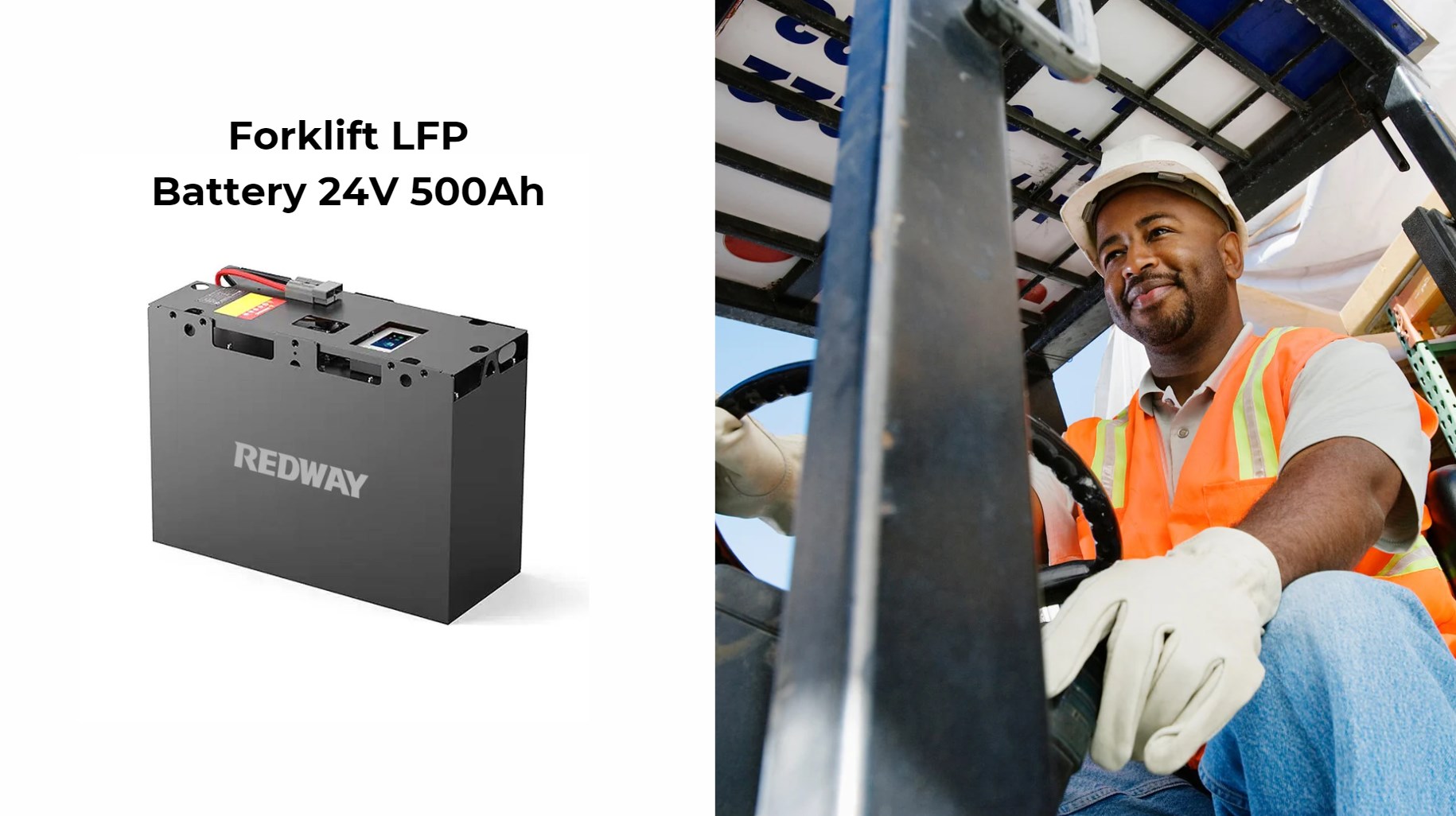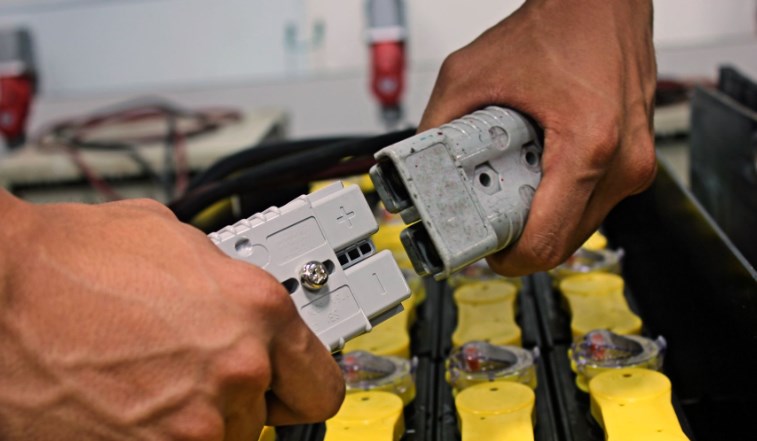To charge a dead forklift battery, connect it to an appropriate charger designed for its voltage and capacity. If the battery is completely dead and unresponsive, consider using a manual trickle charger to bring it back to a detectable charge level before using a standard charger.
A dead forklift battery can bring operations to a halt, affecting productivity and efficiency in any warehouse or industrial setting. Ensuring that a forklift battery is properly charged and maintained is crucial for the smooth operation of material handling tasks. This guide will provide comprehensive instructions on how to effectively charge a dead forklift battery, along with tips for maintenance and safety.
Understanding Forklift Batteries
Before diving into the charging process, it is important to understand the types of forklift batteries commonly used:
- Lead-Acid Batteries: These are the most common type, known for their durability and cost-effectiveness.
- Lithium-Ion Batteries: These are gaining popularity due to their longer lifespan and faster charging times.
Components of a Forklift Battery
A typical forklift battery comprises the following components:
- Cells: Individual units within the battery, each producing a specific voltage.
- Electrolyte: A mixture of water and sulfuric acid in lead-acid batteries that facilitates the flow of electricity.
- Plates: Lead plates immersed in the electrolyte, which generate electric current.
Preparing to Charge the Battery
Safety Precautions
Safety is paramount when dealing with forklift batteries. Follow these precautions:
- Wear Protective Gear: Always use gloves, safety goggles, and protective clothing.
- Ventilation: Ensure the charging area is well-ventilated to prevent the accumulation of hydrogen gas, which can be explosive.
- Remove Metal Jewelry: Avoid wearing metal objects to prevent accidental short circuits.
Inspecting the Battery
Before charging, perform a thorough inspection:
- Check for Damage: Look for cracks, leaks, or other signs of damage.
- Clean the Battery: Remove any dirt, dust, or corrosion from the terminals using a mixture of baking soda and water.
- Check Electrolyte Levels: For lead-acid batteries, ensure the electrolyte levels are adequate. Top up with distilled water if necessary.
Charging the Forklift Battery
Selecting the Right Charger
Ensure the charger matches the battery specifications:
- Voltage: Match the charger’s voltage to the battery’s voltage.
- Amperage: Choose a charger with the appropriate amperage rating to avoid overcharging or undercharging.
Charging Process for Lead-Acid Batteries
- Connect the Charger: Attach the charger’s positive cable to the battery’s positive terminal and the negative cable to the negative terminal.
- Set the Charger: Select the appropriate settings based on the battery’s specifications.
- Initiate Charging: Turn on the charger and monitor the charging process.
- Monitor Progress: Regularly check the charger’s display for progress. Charging a fully depleted lead-acid battery typically takes 8 to 12 hours.
- Completion: Once fully charged, turn off the charger before disconnecting the cables.
Charging Process for Lithium-Ion Batteries
- Connect the Charger: Ensure the charger is compatible with the lithium-ion battery.
- Automatic Settings: Most lithium-ion chargers have automatic settings, making the process simpler.
- Monitor Charging: Keep an eye on the charging process, which is usually faster, taking 2 to 4 hours.
- Completion: The charger will automatically shut off once the battery is fully charged.
Post-Charging Maintenance
Inspecting the Battery
After charging, conduct a final inspection:
- Check Electrolyte Levels: For lead-acid batteries, verify that electrolyte levels are within the recommended range.
- Inspect Terminals: Ensure terminals are clean and connections are secure.
Equalizing Charge
For lead-acid batteries, perform an equalizing charge every 5 to 10 cycles:
- Purpose: This process helps balance the charge among all cells and prevents stratification.
- Procedure: Follow the manufacturer‘s instructions for equalizing charge settings.
Troubleshooting Common Issues
Battery Not Charging
If the battery is not charging:
- Check Connections: Ensure all connections are secure.
- Charger Functionality: Verify that the charger is working correctly.
- Battery Condition: Inspect for any signs of damage or excessive wear.
Slow Charging
If the battery charges slowly:
- Charger Output: Ensure the charger provides adequate output.
- Battery Health: Older batteries may charge slower and might need replacement.
Overheating
If the battery overheats during charging:
- Ambient Temperature: Ensure the charging area is cool and well-ventilated.
- Charging Rate: Reduce the charging rate if possible.
Maintaining Forklift Batteries
Regular Inspections
Conduct regular inspections to ensure the battery’s longevity:
- Weekly Checks: Inspect electrolyte levels and overall battery condition weekly.
- Monthly Maintenance: Perform a more thorough inspection and cleaning monthly.
Proper Storage
When not in use, store batteries correctly:
- Cool, Dry Place: Keep batteries in a cool, dry place to prevent overheating and moisture damage.
- Charge Before Storage: Ensure batteries are fully charged before storing to prevent sulfation.
Training for Operators
Ensure that all operators are trained in proper battery maintenance and charging procedures:
- Regular Training: Provide regular training sessions to keep operators updated on best practices.
- Safety Protocols: Emphasize the importance of safety protocols during training.
Conclusion
Charging a dead forklift battery requires careful attention to detail and adherence to safety protocols. By understanding the type of battery, following the correct charging procedures, and maintaining the battery regularly, you can ensure optimal performance and longevity of your forklift batteries. Proper training and regular inspections play a crucial role in preventing issues and maximizing the efficiency of your material handling operations.





